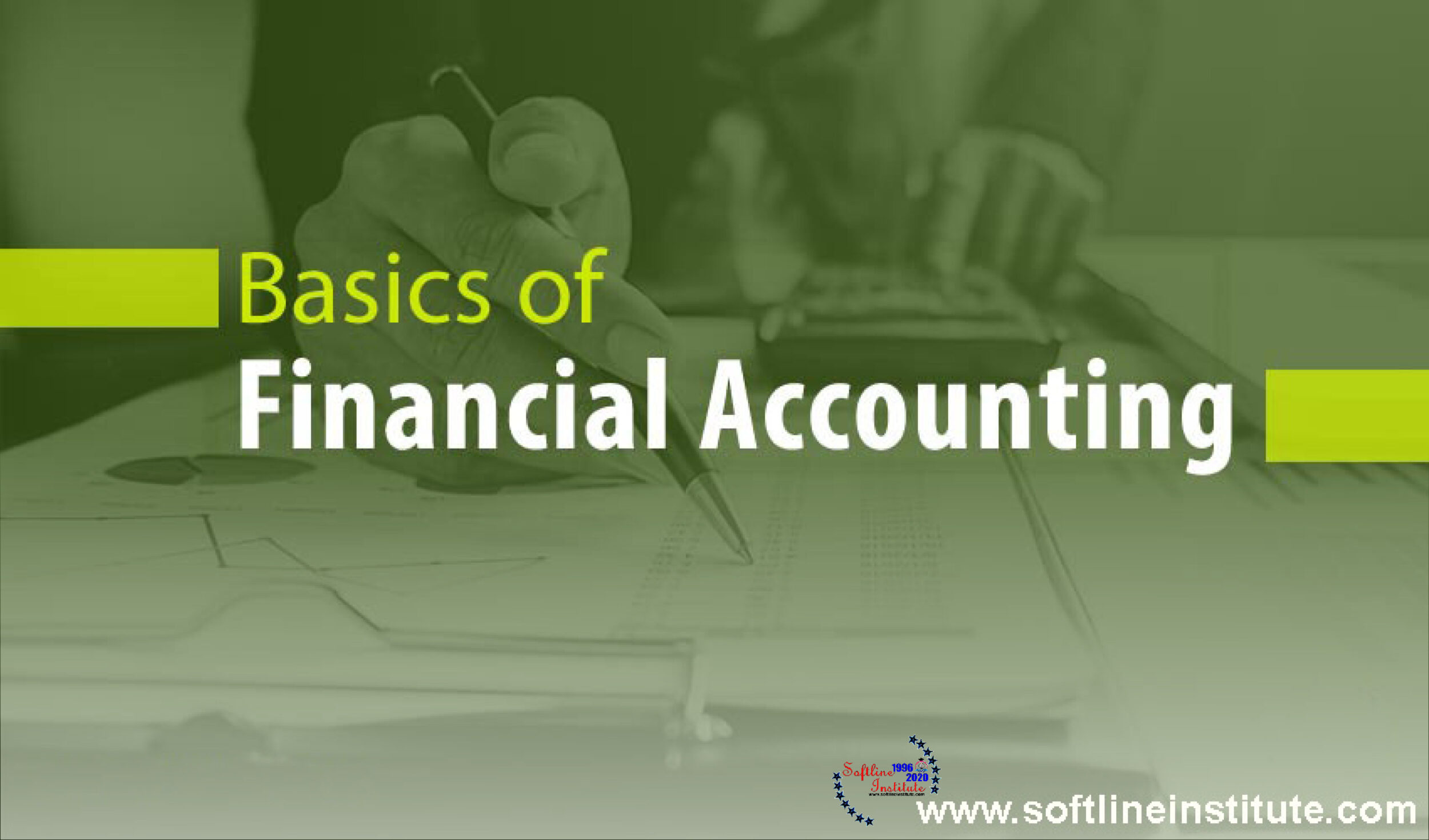
Accounting is the process of classifying, recording and reporting an enterprise’s business transactions over a period of time. Financial Accounting is branch of accounting that is primarily concerned with the preparations of Financial Statements, based on the business transactions, and communication of the same to person interested in the information. Financial management helps in determining the results (i.e. Profit or Loss) of business operations during the particular period and the financial position of the enterprise on a date at the end of the period.

OBJECTIVES OF FINANCIAL ACCOUNTING
1. The Objective of Financial Accounting is to keep a record of all business transactions so that.
2. The profit earned or Loss sustained by the business during the accounting period can be determined.
3. The financial position of the business at the end of the accounting can be ascertained.
4. The Financial information required by the owners of business, government and other interested parties such as employees or investors can provided.
ADVANTAGES OF FINANCIAL ACCOUNTING

1) Record of Business Transactions
2) Determination of Profit and Loss
3) Determination of Financial Position
4) Track Progress of Business
5) Compliance with Legal Requirement
6) Documentary Evidence
Limitations of Financial Accounting
Records Monetary Transactions only, and avoid Non-Monetary Transactions (i.e. transactions that can’t be expressed in terms of Money)
Does not provide the exact results (because estimates are used in the accounting, thus information in some cases are at best approximate).
It Does not reflect the Present value of the Business.
Does not provide timely information
System of Accounting
1. Single Entry System
It is a System if Accounting under which only one aspect of the transaction is recorded.
It is usually used by small concerns which have very few transactions.
The single Entry System is concerned an incomplete and unscientific system of entry, as all business transactions are not recorded under it. Usually only cash, bank, and a few debtors and creditors accounts are maintained under this system.
2. Double Entry System
The Double Entry System of accounting is more specific ad systematic method of accounting and hence is popularly used by big and small organisations all over the world.
This system is based on the premise that every business transactions has two aspects, i.e. the receiving aspect or debit aspects, and the giving aspects or the credit aspect. Each of these aspects of every transaction affects two accounts in opposite ways (increase or decrease in Monetary Terms). Therefore, under this system, a complete records both the aspects of every transaction (i.e. debit and credit) is maintained
3. Accounting Equation
The Double Entry System of accounting is based on accounting equations where the relationship between assets, liabilities and capital can be expressed in the form of an equation. The Accounting Equation is always equal to the total of its liabilities and capital (owner’s equity).
The Accounting Equation is: Assets = Liabilities + Capital
4. Classification of Accounts
The essential function of the Accounting is to record Transaction to ascertain the financial status of a company as on a particular date.
The usual transaction of a business are:
Purchase of goods, either as raw material for further procesing or as finished good for resale
Payment of expenses incurred towards business
Sale of good or services
Receipts, in cash or by cheque
Other payments, in cash or by cheque
In order to record transactions, ledger accounts are created. The Accounts can be classified into three types: Real, Personal and Nominal.
Real Account
Real Accounts are accounts maintained as assets owned or possessed by the business. It include both tangible (things that can be touched) and intangible (things that can’t be touched)accounts. Example: building, Furniture, Cash, Purchases, Sales, Goodwil, etc.
Personal Account
Personal Accounts are the accounts of persons with whom the business is required to deal with.
Nominal accounts
Nominal accounts are accounts where income and expenses are recorded. Example sales, rent expenses, salary expenses etc.
Note : All those Accounts which are not personal (i.e. real and nominal are called Impersonal Accounts.
ACCOUNTIING PRINCIPLES
Accounting is considered as the language of business. In other words, Accounting is the language used by the Business Enterprises to communicate its financial position with the World. So, this language must be understood by all and there are certain uniform guidelines and standards that are followed as a part of the accounting practice. Such rules of actions are adopted universally, while recording accounting tranactions and preparaing accounting statements, such rules are called Generally Accept Accounting Principles (GAAP).
The Accounting Principles are designed to ensure that Financial Statements are:
1) Accurate: i.e., free from errors related to contents and principles.
2) Reliable: i.e., represent the information that user consider it to represent.
3) Timely: i.e., available when required to support the decision-making.
4) Relevant: i.e., applicable to the purpose required.
| ACCOUNTING CONCEPTS | ACCOUNTING CONVENTIONS |
|---|---|
| 1. Money Measurement Concept | 1. Convention of Consistency |
| 2. Separate Entity Concept | 2. Convention of Full Disclosure |
| 3. Going Concern Concept | 3. Convention of Conservatism |
| 4. Cost Concept | 4. Convention of Materiality |
| 5. Dual Aspect Concept | |
| 6. Periodicity Concept | |
| 7. Objective Evidence Concept | |
| 8. Matching Concept | |
| 9. Realization Concept | |
| 10. Legal Aspect Concept | |
| 11. Accrual Concept |
Different Phases of Accounting Cycle
1) Recording of Financial Transactions
2) Classifying the Financial Transactions
3) Summarizing the Financial Transactions
4) Analysis of the Results
For More Information:
